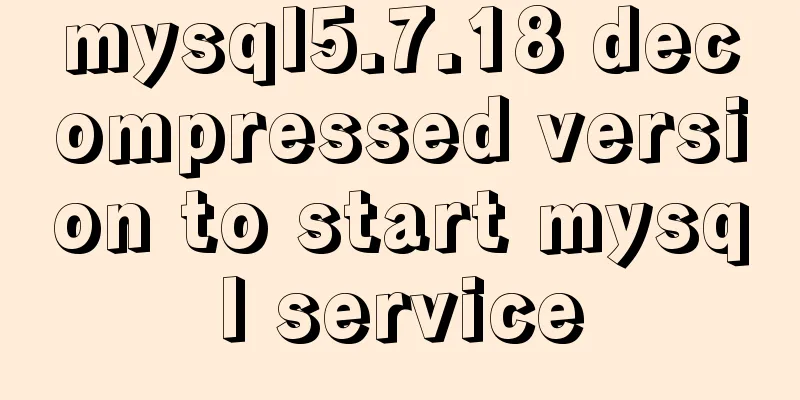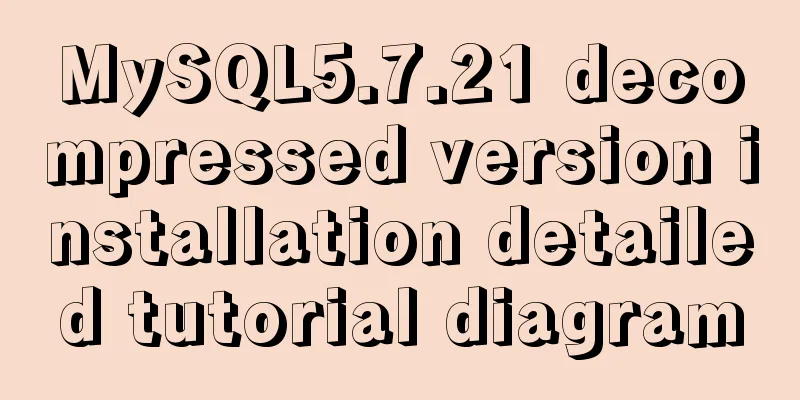How to create a Pod in Kubernetes

How to create a Pod?In the previous article, we introduced the differences and relationships between containers and Pods. We know that Pod is the smallest unit of k8s scheduling, and a Pod can have multiple containers, so how do we define a Pod of our own? In k8s, we usually create a Pod by writing a configuration file. The format of the configuration file is usually yaml (how to represent list and key-value pairs in yaml format is described in the previous article). After writing the yaml file, start a Pod by the following method: kubectl create -f configuration file The definition, parameters, configuration and other information of the container in the Pod are all in the YAML file. A common YAML file content is as follows:
apiVersion: v1
kind: Pod
metadata:
name: volume-pod
spec:
containers :
- name: tomcat
image: tomcat
ports:
- containerPort: 8080
volumeMounts:
- name: app-logs
mountPath: /usr/local/tomcat/logs
- name: busybox
image: busybox
command: ["sh","-c","tail -f /logs/catalina*.log"]
volumeMounts:
- name: app-logs
mountPath: /logs
volumes:
- name: app-logs
emptyDir: {}Of course, it may have many fields, and you can set the fields yourself depending on the Pod you create. When we submit such a yaml file to k8s, k8s will help us create the corresponding API object. In this example, our object is a Pod (because the value after the kind field in the yaml file is Pod). Of course, there are others. At this point, we have learned how to create a Pod. Regarding the above process, let's look at two more questions: First, what is kubectl? What commands can it follow? Second, what do the fields in the Pod's yaml file mean? Let’s look at the first question first. kubectl toolThe kubectl tool is a client CLI tool that allows users to manage k8s clusters through the command line. The basic syntax of this command is: kubectl 【command】 【type】 【name】 【flags】 command value: get, create, delete, describe, get, apply, etc. type value: the type of resource object, which can be pod, deployment, etc. name value: the name of the resource object, flags: optional parameters, you can view them through --help, eg: kubectl create – Creates resources using a file name or console input. kubectl delete – Delete resources by file name, console input, resource name, or label selector. kubectl annotate – Updates annotations for a resource. kubectl api-versions – Outputs the API versions supported by the server in the format group/version. kubectl apply – Apply configuration to resources using a file name or console input. kubectl attach – Attach to a running container. kubectl autoscale – Automatically scale the replication controller. kubectl cluster-info – Outputs cluster information. kubectl config – Modify the kubeconfig configuration file. kubectl describe – Displays detailed information about the specified resource or resources. kubectl edit – Edit server-side resources. kubectl exec – Executes a command inside a container. kubectl expose – takes a replication controller, service or pod and exposes it as a new Kubernetes service. kubectl get – Outputs one or more resources. kubectl label – Updates a resource’s label. kubectl logs – Outputs the logs for a container in a pod. kubectl namespace - (deprecated) Set or view the currently used namespace. kubectl patch – Updates fields in a resource via console input. kubectl port-forward – Forwards a local port to a Pod. kubectl proxy – starts a proxy server for the Kubernetes API server. kubectl replace – Replaces a resource by filename or console input. kubectl rolling-update – performs a rolling update of the specified replication controller. kubectl run – starts a container using a specified image in the cluster. kubectl scale – Sets the new number of replicas for the replication controller. kubectl stop – (Deprecated) Safely remove a resource by resource name or console input. kubectl version – Outputs server and client version information. Now we know that it is a command line tool. There are so many common operations listed above. You can use the create subcommand to create a Pod. We will discuss other functions in detail each time they are used. Of course, you can use kubectl --help to view its instructions. The above is the details of how to create a Pod in Kubernetes. For more information about creating a Pod in Kubernetes, please pay attention to other related articles on 123WORDPRESS.COM! You may also be interested in:
|
>>: Teach you to use dozens of lines of js to achieve cool canvas interactive effects
Recommend
In-depth explanation of various binary object relationships in JavaScript
Table of contents Preface Relationships between v...
Specific method of viewing user authorization information in mysql
Specific method: 1. Open Command Prompt 2. Enter ...
How to use Docker+DockerCompose to encapsulate web applications
Table of contents Technology Stack Backend build ...
Dynamic SQL statement analysis in Mybatis
This article mainly introduces the dynamic SQL st...
Ubuntu 16.04 kernel upgrade steps
1. Environment Ubuntu 16.04 running on a virtual ...
Mac VMware Fusion CentOS7 configuration static IP tutorial diagram
Table of contents Install CentOS7 Configuring Sta...
How to change the domestic image source for Docker
Configure the accelerator for the Docker daemon S...
Native JS to achieve draggable login box
This article shares a draggable login box impleme...
Detailed explanation of angular parent-child component communication
Table of contents APIs used Simple Example person...
Solution to the garbled code problem in MySQL 5.x
MySQL is a commonly used open source database sof...
How to process local images dynamically loaded in Vue
Find the problem Today I encountered a problem of...
Practical skills that must be mastered in calling UNI-APP components in the easycom mode
This article is intended to be a starting point f...
Analysis of MySQL Aborted connection warning log
Preface: Sometimes, the session connected to MySQ...
Cross-domain issues in front-end and back-end separation of Vue+SpringBoot
In the front-end and back-end separation developm...
Quickly install MySQL5.7 compressed package on Windows
This article shares with you how to install the M...





![Centos 7.4 server time synchronization configuration method [based on NTP service]](/upload/images/67caeb8a142d5.webp)



